Number of brands trusted is going down in volume: N Chandramouli
TRA’s Brand Trust Report has been showcasing the brands that Indian consumers trust the most. As per The Brand Trust Report 2018, the eighth in the series, Samsung is India’s Most Trusted Brand for second year in a row, followed by Sony and LG.
Also read:
Samsung continues to be India’s most trusted brand; Patanjali leads FMCG
In an interaction with Adgully, N Chandramouli, CEO, TRA Research, the brand intelligence and data insights company that has been carrying out the research for eight years, speaks about the importance of building brand trust, categories that have seen a rise in the trust index, brands that have not matched up to consumers’ functional expectations and more. Excerpts:
How important is trust as a factor for consumers while considering brands?
Trust is the basic concept called believability, the basis of any transaction from future point of view. This is one of the most important things as it will allow consumers to have transaction which are otherwise not possible. It is a future-focussed contract. Governance, Policing, Cooperation, Law, etc., all are trust dependent. That’s why trust is the most important factor. Unfortunately, till we came to the field, till 2011, there was no measurement of trust. We understood its importance and started measuring that, since then we have hundreds of brands who have started taking trust as the single most focus as part of their strategy.
This year, yet again, Consumer Electronics is one of the top categories that people have the most trust in. Is there a reason why not many new brands have fared as toppers in the trust factor this year?
Typically, the Top 5 category is a very difficult category to change because these are 20-25-year-old brands that are nationally accepted and have established themselves through various cultural and linguistic means. Also, they are mostly global brands that have earned deep recognition for themselves. Hence, it is difficult to break their order and that’s one of the reasons why they are invariably always there. But in the Top 20 segment, there will be many significant changes. And also, those brands will be leading to the Top 5 eventually.
Dell, which was at the eighth rank last year, has climbed up to the sixth rank and chances are that it might climb up to the Top 5 positions next year. If you see the Sportswear category, Nike, Puma and Adidas are in the Top 20 category for the first time. It shows that the Indian consumer is thinking sports and taking healthier life decisions. And this is also an indicator of the stress level of India today. There is an average rise of 25 ranks for these three brands since last year.
There is another change in Top 20 category, the inclusion of two Chinese mobile phone brands – Oppo and Vivo. They actually have a combined 40-rank jump. Earlier, it was dominated by bigger brands like iPhone and Nokia; in fact, Nokia is even out of the Top 20 category. So, these Chinese phones have actually taken over the market and other brands, which is a tectonic shift happening in the brand environment.
The Top 5 is one set and the rest of it is like a classroom where a few people always find the best ranks because they have a certain calibre in them, but when you go down the class, it will start shifting and that’s what is happening right now. So, you have to look at it as a turf of Indian consumers which is actually changing. This is a very dynamic turf and lots more entrants will be seen in the times to come. This is a very interesting phase for India in terms of consumer choices.
Most of the Chinese mobile brands have been doing a lot of heavy advertising or collaborations in big marquee properties on TV. According to BTR 2018, do you think that Vivo and Oppo have leveraged this opportunity due to IPL?
There is a two-fold approach to it. You cannot have a communication that is independent of your product strategy; unless the product matches up to your communication, the consumer’s trust will never establish. Communication strategy like sponsoring the IPL at a very high price, taking over any other property, allows people to notice and consume the brand, after which the product has to perform, which is also happening. Today, in the middle segment, where Oppo and Vivo are operating, you find all other Indian brands like Karbon have gone out of the frame. Nokia is also not in the top segment anymore. In case of Vivo and Oppo, both brand communication and product strategy have worked very well.
How is this year’s research different from last year’s?
In the Top 20 category itself the trends are changing, there is a heavy movement where brands have come up 70-75 ranks. Indian consumers have started looking at health and wellness as top priority. People are moving away from non-functional to functional areas. For instance, iPhone is a great phone, but today it is diminishing in value. In fact, the iPhoneX has done very poorly. The success is not stable so this year.
Are there any newer elements added in this year’s research parameters?
Parameters never change. They are constant, otherwise comparison is not possible. The brand trust metrics are permanent and are applicable for years. Human trust will remain the same, only the quantity will change.
With this Trust Report, what are the major market changes happening?
Analysing the last three years of brands, the volume of rise and fall in brands give us a general trend of consumer optimism and pessimism in the market. Over the last three years, the number of rising brands is reducing in volume. It means that the number of brands trusted is going down in volume. We had 351 brands rising in 2016, 323 rising in 2017 and 307 brands rising in 2018, which means a dip of 12.5 per cent in numbers. The general trend is that optimism around brands is going down. That’s the first finding.
Secondly, there are many brands where the trust is falling; you can see how many brands have fallen in the trust factor. We have a V-shaped curve, wherein the number of brands in which trust has falling was 365, then the volume of falling brand trust came down, which was a good sign, but then it again went up. It shows that between the years of 2016 and 2017, the number of brands had lesser dissatisfaction with the environment, but between 2017 and 2018 there was larger consumer dissatisfaction. Therefore, there is decreasing optimism and dissatisfaction amongst consumers is rising.
What are the trends that you foresee in the market with this report?
To understand this, we need to measure the falling or the rising trends in different sectors. With so many scams happening, the trust factor in various sectors has gone down. If you look at the sectors, there are some that have seen a decline – DTH (down by 211 per cent from last year), NGO (down by 118 per cent from last year), TV Media (down by 80 per cent from last year), Food & Beverage (down by 69 per cent from last year) and FMCG (down by 44 per cent from last year).
If you combine these negative groups of sectors from the last year, these sectors are the ‘nice to have’ sectors which are not necessary to have. You go in with them only if you have surplus money to buy. In comparison, sectors like banking and education are rising, which means the attitude towards money is improving as the consumer is more hopeful and optimistic towards these sectors and they will not be taking the same risks as before. Also, this year is pre-election year as well, so it is going to be tougher for consumers to decide on whether or not to buy.
For more related stories visit here.



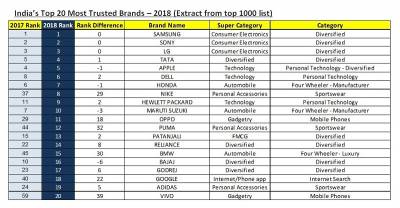

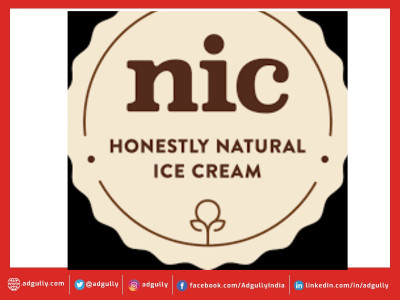
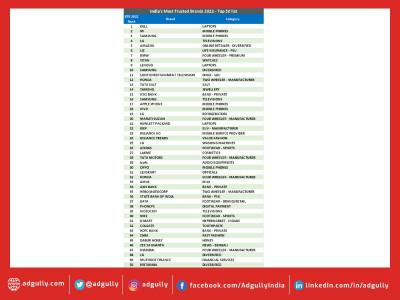
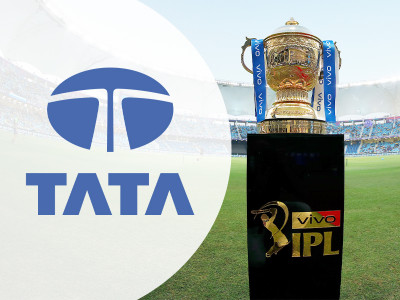

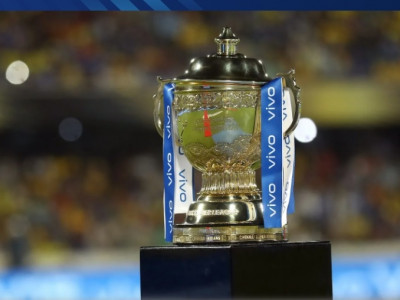
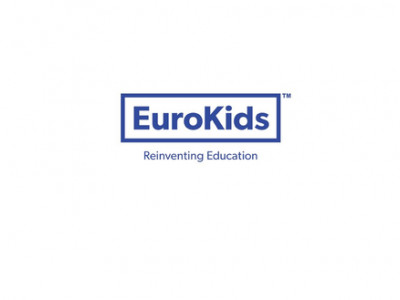
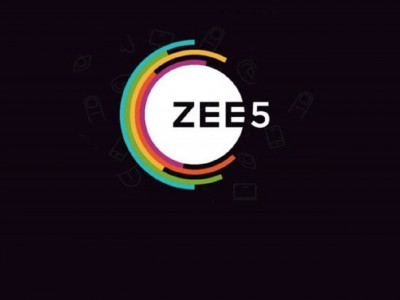





Share
Facebook
YouTube
Tweet
Twitter
LinkedIn